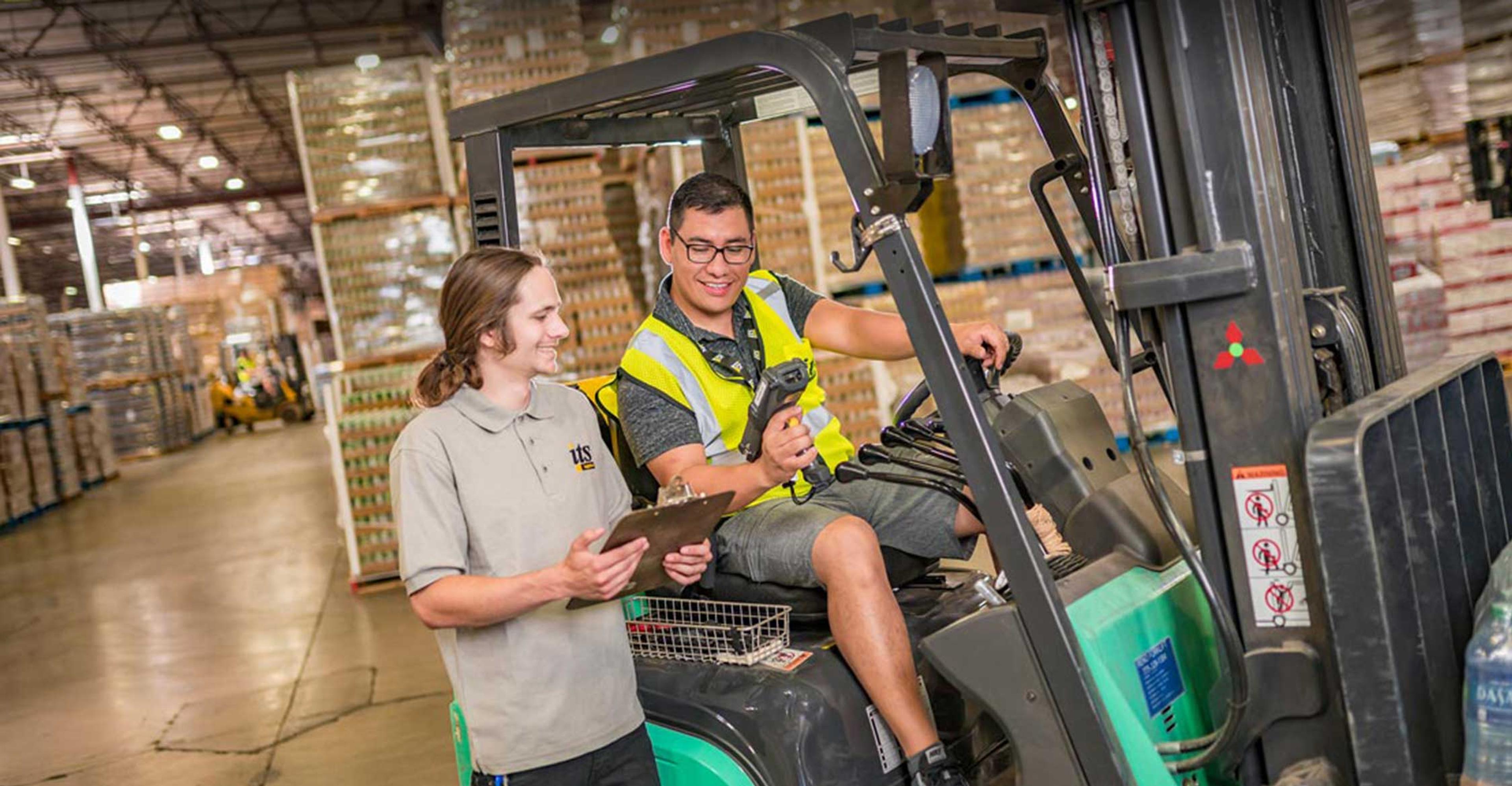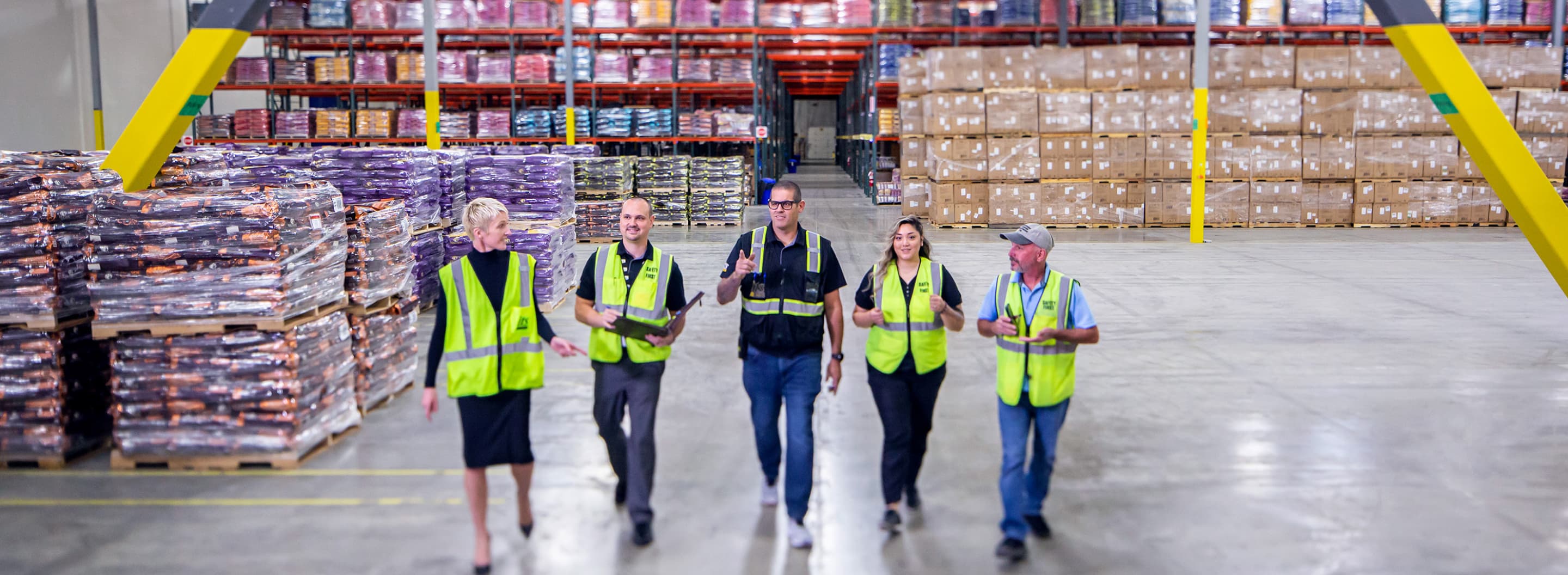Labor Management and Scalability Add to Supply Chain Success

People are at the heart of the supply chain, and recruiting, training and retaining employees is critical to the movement of goods. That has always been the case, but it is essential right now as demand for workers is at a record high, and nearly every industry is struggling to find labor.
A Sept. 8 report from the U.S. Department of Labor showed that there were 10.9 million unfilled jobs at the end of July, and labor shortages continue to make headlines. Within the supply chain, the lack of employees to move goods within distribution centers, fulfill orders and transport loads is slowing the movement of goods. That comes as demand for workers in the warehouse and transportation industries have increased due to growth in e-commerce sales, home deliveries and consumer expectations for rapid deliveries.
According to the Bureau of Labor Statistics, the number of employees in the warehousing and storage sector increased 20% from July to August, and the number of truck transportation employees increased 5% from July to August. However, growth isn’t keeping up with the demand and it could get worse. For example, the American Trucking Association estimates the trucking industry will be short 160,000 drivers by 2028.
Additionally, logistics providers faced several challenges due to the COVID-19 pandemic. The 2022 Annual Third-Party Logistics Study: The State of Logistics Outsources reported that labor and workforce management was the most impacted area they faced. The study, which surveyed hundreds of logistics providers and shippers, also found that 36% of 3PLs said they need to strengthen labor management and scheduling to prevent future disruptions.
…36% of 3PLs said they need to strengthen labor management and scheduling to prevent future disruptions.
ITS Logistics has always focused on its employees and utilizes a multi-pronged approach that draws on forecasting, pre-planning and cross-training to ensure the right people are available at the right time to meet typical, peak and unexpected surge needs.
Staying Ahead of Demand
Planning in advance is critical to meeting labor needs. Zak Urrutia, senior director of operations for ITS Logistics, said communicating and collaborating with customers to understand their needs is vital. ITS leverages customers’ forecasts and historical trends and analyzes past operational performance to help understand customer demands and the ebbs and flows of their business to determine labor demands ahead of the need.
“We are aggressive with planning and forecasting and do everything that we can to avoid operating reactively, in a state of surprise,” Urrutia said. “We heavily emphasize the planning phase and not the reacting phase when discussing what a successful operation looks like.”
We are aggressive with planning and forecasting and do everything that we can to avoid operating reactively, in a state of surprise. We heavily emphasize the planning phase and not the reacting phase when discussing what a successful operation looks like.
ITS produces a forecast side-by-side with customers’ numbers. For their larger or more complex clients, having a forecast for the entire year is a great best practice, but it isn’t always possible in every industry. Plus, many forecasts haven’t played out as expected due to COVID. Urrutia estimates that more than 30% of his time is focused on labor planning and readiness.
One of the benefits of working with a logistics provider is that you can leverage the 3PL’s macro-level view of the overall supply chain to gauge where things might go and what challenges could arise. An excellent example of that was in 2020 and throughout 2021 when port congestion, border closures, limited storage options and tight trucking capacity altered the supply chain regardless of industry.
Recruiting and Retaining Talent
Once a forecast is set, scheduling and hiring can take place. In today’s market, recruiting talent takes more than hanging up a help-wanted sign. The 2022 Young Professionals in Supply Chain report found that pay and benefits that are competitive with other local companies is the most important factor in an employment opportunity, followed by work/life balance and a positive working relationship with a manager or supervisor.
Urrutia said wages command the market, and ITS stays ahead of the rising wage scale through various market studies. According to the Bureau of Labor Statistics, wages are up 12 percent year-over-year for these positions, and up 7.5 percent this year alone.
ITS also strategically places its distribution centers in areas with strong labor pools. “We have had multiple labor market studies done and have always been very centered in ideal population zones. That is very conscious. We want to make sure we’re in a place that is accessible and convenient to employees,” he said.
Beyond pay, many employees also want a clear leadership development track, according to the CSCMP report. ITS has multiple tiers of leadership and exposes employees to leadership concepts. “We’ve had great success and have a lot of people on our salaried leadership team that started from the ground up,” Urrutia said.
We’ve had great success and have a lot of people on our salaried leadership team that started from the ground up.
Culture is also essential, and employees want to feel supported and respected. While ITS utilizes key performance indicators and an array of analytics to drive business decisions, it uses data to address operations and processes first and avoids treating employees like numbers.
ITS’s turnover rate is well below the industry average, and the company digs into its numbers monthly. Leadership takes time to sit down as a team, talk about turnover, analyze the data and discuss ways to improve employee satisfaction and retention.
As a philosophy, ITS focuses on utilizing company employees rather than temporary workers but draws on long-standing relationships with hiring agencies to ramp up staffing quickly when needed. During one unexpected surge with a major customer, ITS added more than 100 workers in less than 48 hours.
ITS Logistics also plays an active role in the community and donates 1 percent of profits to charitable causes, which raises awareness of the company and increases employee satisfaction. “People know who we are. A lot of folks want to work for companies that they recognize and who they see in the news supporting charitable acts in their communities,” said Kasia Wenker, director of supply chain solutions for ITS Logistics.
Maximizing Employees’ Skills
Being able to flex with customers’ demand can help maximize employees’ time and enables them to help even out peaks and valleys of different customer requirements. ITS cross-trains its employees to help meet peak demands and documents standard operating procedures fragmenting processes in a scalable way. “That allows someone to come on board quickly, get up to speed quickly and make a difference to the account almost immediately,” Urrutia said.
ITS cross-trains its employees to help meet peak demands and documents standard operating procedures fragmenting processes in a scalable way.
ITS has found that skill-based pay encourages their employees to cross-train. “People are incentivized to learn other accounts and other processes, increasing their own skill sets and earning potential while also making themselves more valuable to the company,” Urrutia said.
Making a Difference
Those working in the supply chain are increasingly getting into the field due to heightened awareness of the difference it can make to business operations. In the 2022 Young Professionals in Supply Chain report, 58% of respondents said they chose to pursue a supply chain career due to the impact supply chains have in business and their tangible impact on outcomes. That was up from 13% in 2019 and 10% in 2017. COVID-19 also highlighted how important the supply chain is to keeping the economy moving and delivering products to the nation’s grocery stores, hospitals and homes.
Learn more about ITS distribution & fulfillment services and warehouse services.



